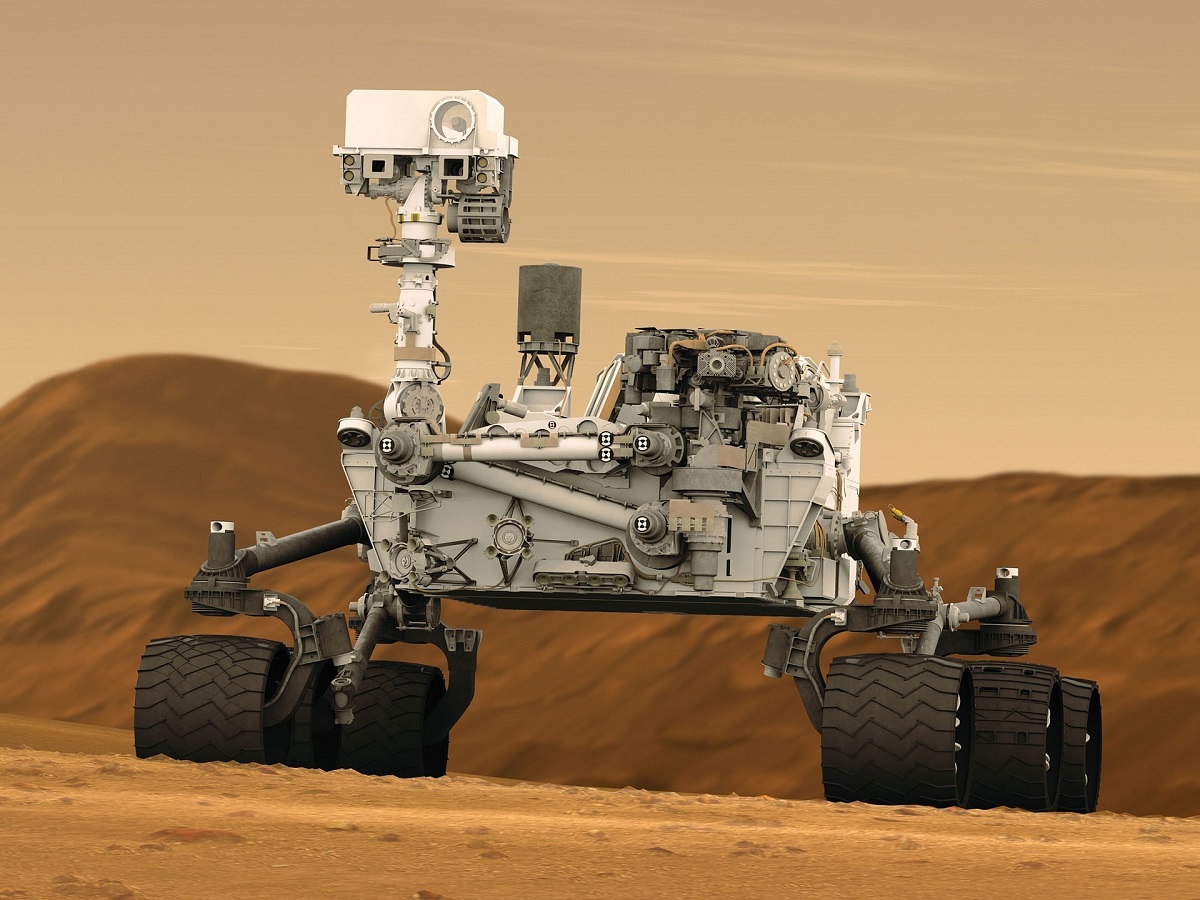“Curiosity” Rover Sets Course for its Summer Trip on Martian Territory

After 2 896 days on Mars, NASA’s “Curiosity” rover is still beeping, and so the space exploration agency has set course for its next destination.
The car-sized rover will travel to a sulfate-rich point in Mount Sharp, which is about a mile away from where it currently lies. At maximum speed, this travel would require around 54 hours of driving supported by the Mobility and Robotic Systems team at JPL, but Curiosity’s wheels and suspension system aren’t in a condition to allow max-velocity trips anymore.
Remember, Curiosity’s wheels have started to show signs of material fatigue and excessive damage since 2014, and there’s a lot of ground consisting of hard bedrock with pointy protrusions to cover on the way to Mount Sharp. Thus, the rover will have to move slowly and carefully, while trying to avoid the most dangerous elements on the way. As it would be impractical to expect to ever finish this travel if it’s all done remotely from Earth-based operators (delay in communications ranges between 4 and 24 minutes), Curiosity will have to rely on its automated driving systems to figure out what’s the safest path to take.
From a scientific perspective, the reason for the selection of the next point for experimentation is to add more pieces to the water existence puzzle on the red planet.
The data that could be gathered by Curiosity in these clay-rich terrains may provide clues about how water evaporated, what the climate conditions were, and if there were any life prospects over the past three billion years. Curiosity has been doing this kind of workaround Mount Sharp since early 2019.
In between the previous and the next point of interest, there’s a risky patch of sand where the otherwise tenacious rover could get stuck forever.
Curiosity was designed for a minimum mission duration of 687 days, so we’re already well beyond what even the most optimistic could have hoped for.
The rover’s plutonium-based radioisotope pellet that fuels its generator was designed to produce electric power for at least another five years, so hopefully, Curiosity will keep on roaming, digging, and capturing jaw-dropping panoramas from Mars.

 Tech Steel & Materials
Tech Steel & Materials